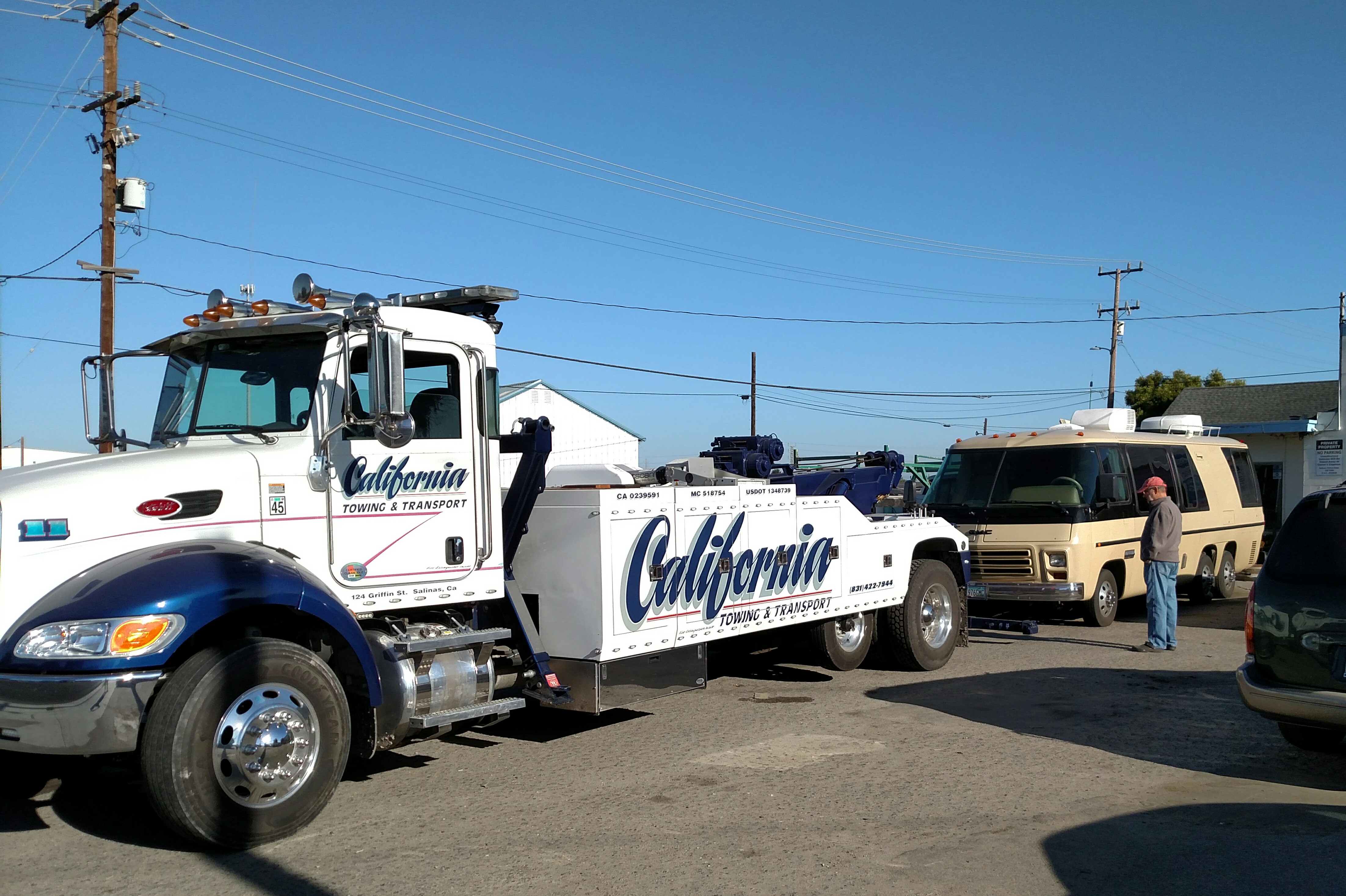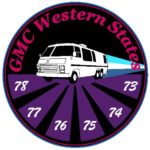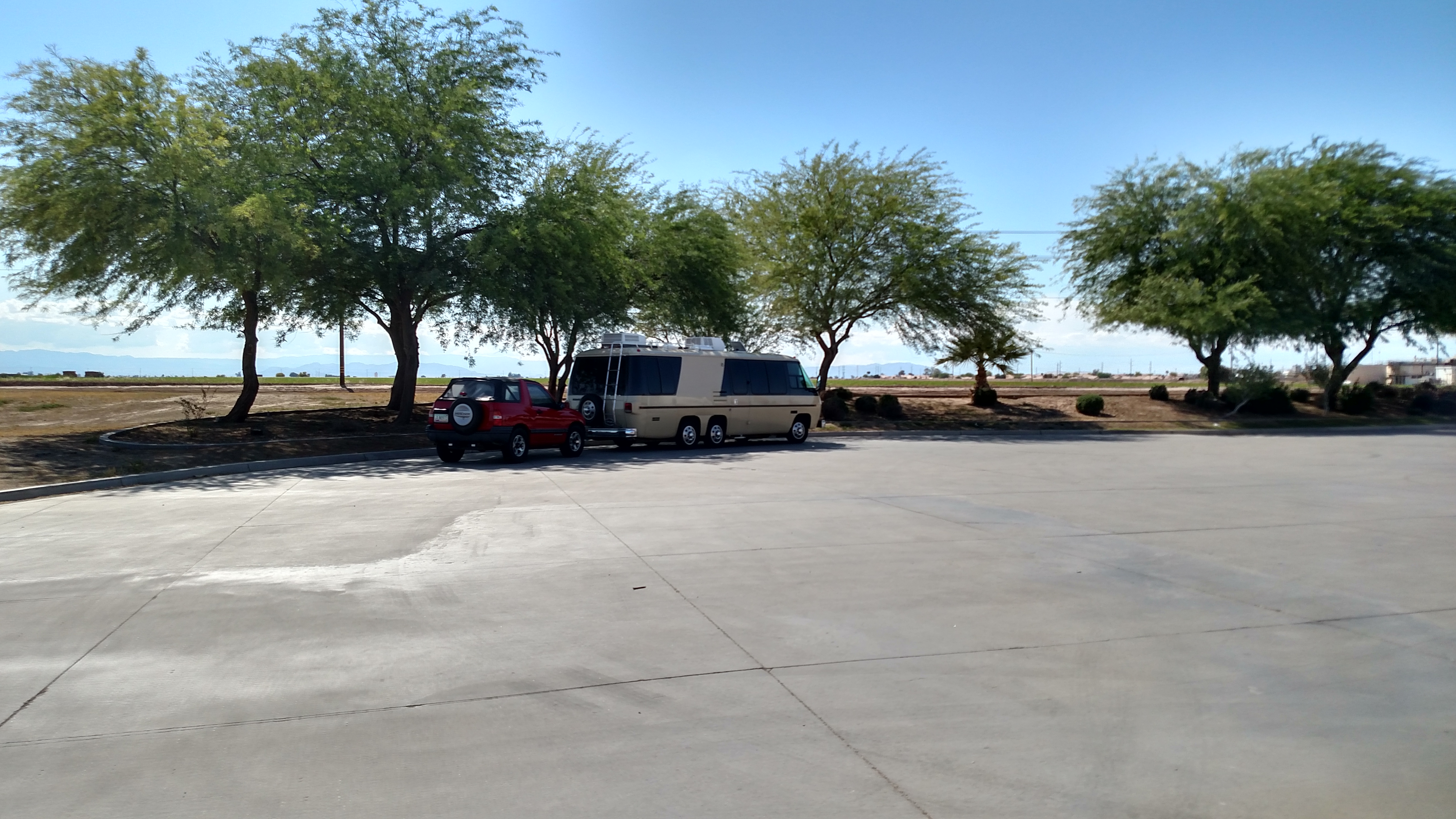1/24/2017
Please note that the adjusting screw on the FiTech unit that is manipulated during the IAC Steps setting is the screw on the left side in FRONT of the throttle body – NOT the one on the left side that controls the butterflies.
11/12/2016 – Changing settings using the Handheld display
If you are changing parameters using the handheld unit you must do a “send to ECU” for each individual change on a screen. If you do not do that only the last change made on a screen will be sent. I verify each change with a “read from ECU” right after I make it.
11/9/2016 – Making changes to fix poor idle and stalls with advice from Randy VanWinkle
I have talked with several who have recently installed the FiTech and they have been having some problems with a good idle and with some hesitation / stumble at initial tip-in and during transition from coasting back to acceleration. Armand Minnie sent me a log capturing some of his issues including an occasional stall. In looking at the log, it showed that the AFR was pretty rich most of the time. When I install the FiTech, I noticed that the AFR settings for idle, cruise (1100, 3000 & 6000 rpm), as well as WOT were set by default too rich for our engines. The FiTech system is targeted at the hotrodding crowd that run aggressive cams and generally are wanting to be much richer so the engine will idle and cruise smoothly. Our engines run quite well at close to Stoichiometric (14.7 to 1 AFR). So for my install before I started, I changed the AFR values. I set the idle AFR to 14.5 erring toward the rich side. For cruise AFR, I set the value to 14.7. I think you could go slightly more lean but not really knowing the FiTech, I didn’t want to go any leaner at cruise unless I could monitor exhaust gas temperatures and because I wasn’t going to see this install after I left, I stayed conservative. I believe I set WOT AFR to 12.8. This guy I did the install for wasn’t going to be in the mountains with long hard pulls so I didn’t worry too much about this value. If you anticipate doing any mountain driving that will have long hard pulls, I would consider 12.4. On our Howell / EBL systems, we start at 13.8, but the system continues to go richer the longer you are under heavy load. I have seen it get down to the low 12s. The cruise and WOT AFRs are at 1100, 3000 and 6000 rpms. IIRC, I set all to the same number. Started and ran great without any hesitations, stumbles or coast / acceleration transition issues. I’m thinking that the self learning was having trouble getting everything sorted with starting values so much richer than what our engines require. Armand made changes to the accelerator pump parameters [I had to set all of the setting to +45] as well as decel open IAC [+10] parameters that helped but didn’t solve all the problems until he made the AFR changes I suggested above. Hopefully, this might help some who are installing the FiTech.
11/8/2016 – Making the log recorder work
If you want to record and retrieve a log file on the handheld then you must make sure the log directory is set up correctly – mine was not and the factory default file (see the first item in the note below) does not have it set up either. Plug the handheld into your computer via a standard usb cord, navigate to the log file folder and delete the “dashboard” folder. The handheld will then reinitialize that folder and record files in it.
11/8/2016 – This note was provided by Bob Miller who got it from Cody at FiTech:
Resetting to a stock calibration:
From the main menu go to the very bottom and select Write Cal To ECU. Once in this menu scroll down to the second to last selection, it should say Default v8 T195. Once on this file select it and it will download to 100 percent. After this is done it will revert to the main menu. Now go to Go EFI Initial Setup, then Engine Setup, now input all of the parameters that are needed for your application, making sure to save each one individually.
After you have entered your information and saved it go up and select Dash Board. Once in dashboard turn the ignition key off and wait for all the data to black out. Once this happens turn the ignition key to the on positon and start the car.
IAC Steps:
Turn the driver’s side throttle adjustment screw IN (clockwise) half a turn to start with, with that done turn the key on and go to dashboard and find TPS and make sure it reads zero. If not, then shut the key off and wait for the numbers to go black then turn the key on again. Once that reads zero start the vehicle and find IAC Steps on dashboard. This number needs to be within 3-10 at warm idle. If the number reads zero then slowly turn the screw OUT (counter clockwise) until the IAC steps reads between 3-10. If the number is above 10 then shut the vehicle off and turn the screw IN as stated above and repeat the process until the IAC steps are between 3-10.
Reset Learn:
All Fitech EFI systems have learning procedures that the system uses to adjust the active fuel tables it is using for operation. Sometimes if there are outside problems such as bad misfires, exhaust leaks, or any other situation that could cause poor readings on the O2 sensor, the system will try to compensate in order to keep the car running. If this happens it alters the fuel map in ways that may not be optimal for proper running the engine normally.
To reset the learn is a very easy procedure. Go into the Go EFI Initial setup then find Reset Learn. Once in that menu find Reset All Learn, highlight this and push right on the joy stick to go to #1, then save that to the ECU by pressing IN on the joystick. Once that is saved go back to the main menu, and then up to Dashboard and select it. Once on dashboard turn the key off and wait for the numbers in the value side to go black. This mean the system has saved. You have now reset the learn function.
Cranking fuel adjustments:
With the key on go to the Go EFI Tuning menu, find Crank and Warm up. There you will see three cranking fuel selections. For cold starts add or subtract fuel from Crank fuel 65f, for hot starts add or subtract fuel from crank fuel 170f. Changing these settings should help with your start up issues along with setting the IAC. A good starting point is to change the settings in intervals of 10 to find which way you need to adjust the system to work better.
Accel pump/ Fast Accel adjustment:
If the system is having a hesitation or bogging issue, and you IAC steps are between 3-10 at warm idle, then your next step would be to adjust the accel pump function to increase or decrease the fuel added on acceleration. To start with turn the key to the on position and then find Go EFI Tuning on the main menu and press enter. Then find Accel pump and press enter. You will see a menu with multiple different settings, you need to focus on the Accel pumps (20f, 65f, 170f) and Fast Accel (20f, 65f, 170f). These setting adjust how much fuel, at varying temperatures, the system injects when you accelerate. Accel pump is used for any normal throttle input, Fast Accel is for any fast throttle inputs or Wide Open Throttle.
Hesitation: If the vehicle has a hesitation (when you step on the throttle and the engine does hangs and/ or almost dies and then suddenly take off) this normally is a lack of fuel so you would fix this by increasing the Accel Pump (for normal throttle input hesitations) or Fast Accel (for fast throttle or WOT inputs). You would make changes starting in increments of 10, to the temp range that you are finding the issue to reside in.
Bogging/engine loads up/slow to respond: If the vehicle is bogging (when you step on the throttle and the engine is slower/sluggish to come up to a higher rpm) this is normally caused by over fueling. To fix this you would need to reduce the amount of fuel it is injecting as an accel pump shot. To do this this decrease the Accel Pump (for normal throttle input hesitations) or Fast Accel (for fast throttle or WOT inputs). You would make changes starting in increments of 10, to the temp range that you are finding the issue to reside in.
Choosing a cam selection:
Cam selection is based on vacuum load of the engine. Cam 1 is for 15Hg or above, Cam 2 is for 10Hg to 15hg, Cam 3 is 8Hg to 10Hg, Cam 4 is 8Hg to 6Hg. These are estimates and you may need to switch between them if the vacuum load is between two different cam settings to get the engine to run better for your application.
Idle Return:
If the engine is not returning to idle quick enough for your liking or is dropping too quickly and killing the engine then you may need to adjust the rate at which the injection system comes to an idle. To do so you need to go to Go EFI Tuning, then find and select Idle Control. Once in this menu you will see several settings, the only one we are going to work with is Decel open IAC. This number should be at zero as a base setting, by going negative you are reducing the amount of time it takes to return to Idle, and by going positive you are increasing the time it takes. Normal procedure of adjustment is to add or subtract 10 to start with and then adjust it to your liking or what the engine needs. Then once the setting is input save it to the ecu by pushing the joystick IN, the handheld will show Send To ECU Successful. Once this is done make sure to go back to the dashboard and turn the key off until the numbers clear out on the value side. This shows that the system has saved.
AFR Target Adjustment:
AFR: Air Fuel Ratio. Some vehicles may have greater needs for fueling that the self-learn may not be able to adjust in a great enough amount to operate correctly right out of the box. The injection unit is always trying to maintain a targeted AFR throughout its operation. It is either adding or taking away fuel at any given time from its current fuel table in order to do this. The AFR target is what the computer is constantly adjusting for (the higher the number the more lean the mixture, the lower the number the more rich the mixture is), but some engines need different fueling depending on the CID and cam they have. To adjust these numbers you must go to our Go EFI Tuning menu then to AFR targets, typically adjusting any AFR target should be done .01 at a time either up or down as the AFR has drastic effects on how the engine runs
Once in this menu you will see 10 settings you can adjust. Number 1 is for Idle AFR which can range from 13.4 to 14.7 on average depending on the engine. Adjusting this setting will help idle quality and takeoff from an idle. The 1100, 3000, 6000 at 45kpa cruise are your cruising AFR ratios, these can vary from 13.8 to 14.7 on average depending on the engines needs and your desired fuel economy. The cruise AFR only effects cruise so it will not affect your acceleration or other AFR settings. WOT 1100, 3000, 6000 are your acceleration enrichment settings and are used for adjusting the desired fueling for accelerating under either part throttle or WOT. The average for these settings only ranges from 12.4 to 12.7, any accelerator needs beyond that will require one of our technicians to go over with you. Boost 1100, 3000, 6000 180kpa should stay within 11.5 to 11.7 on most engines with boost, any further adjustments to your boosted AFR settings should be brought up with one of our technicians.



